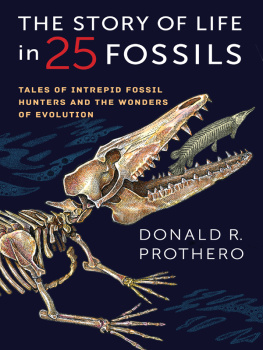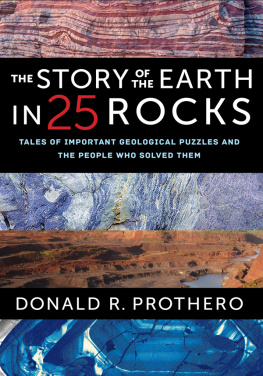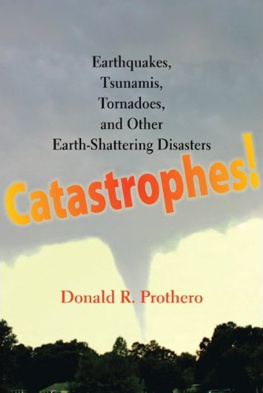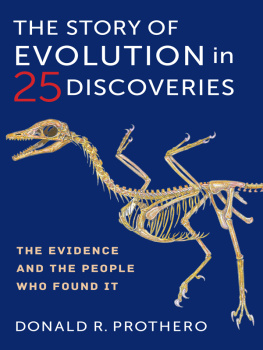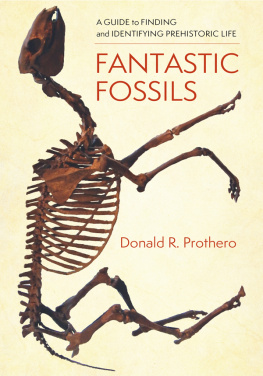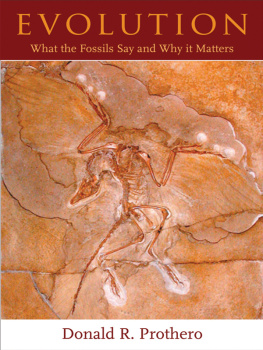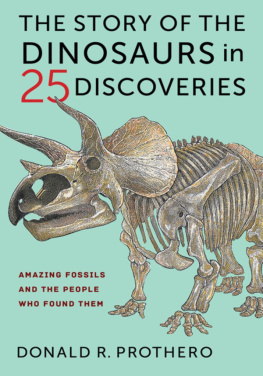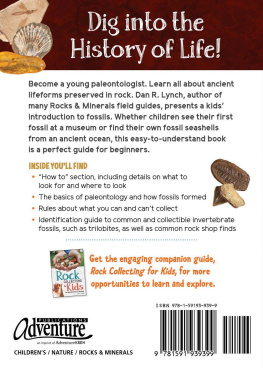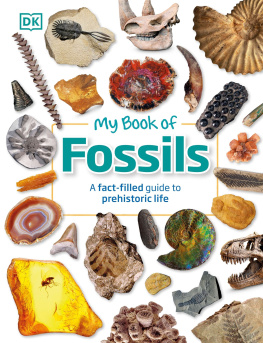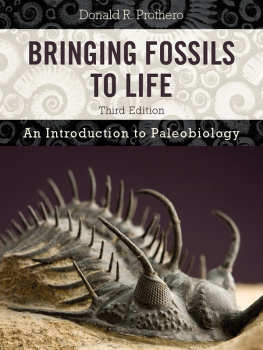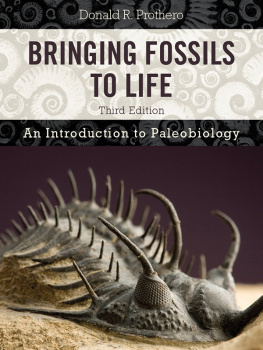Donald R. Prothero - The Story of Life in 25 Fossils: Tales of Intrepid Fossil Hunters and the Wonders of Evolution
Here you can read online Donald R. Prothero - The Story of Life in 25 Fossils: Tales of Intrepid Fossil Hunters and the Wonders of Evolution full text of the book (entire story) in english for free. Download pdf and epub, get meaning, cover and reviews about this ebook. year: 2015, publisher: Columbia University Press, genre: Art. Description of the work, (preface) as well as reviews are available. Best literature library LitArk.com created for fans of good reading and offers a wide selection of genres:
Romance novel
Science fiction
Adventure
Detective
Science
History
Home and family
Prose
Art
Politics
Computer
Non-fiction
Religion
Business
Children
Humor
Choose a favorite category and find really read worthwhile books. Enjoy immersion in the world of imagination, feel the emotions of the characters or learn something new for yourself, make an fascinating discovery.
- Book:The Story of Life in 25 Fossils: Tales of Intrepid Fossil Hunters and the Wonders of Evolution
- Author:
- Publisher:Columbia University Press
- Genre:
- Year:2015
- Rating:4 / 5
- Favourites:Add to favourites
- Your mark:
The Story of Life in 25 Fossils: Tales of Intrepid Fossil Hunters and the Wonders of Evolution: summary, description and annotation
We offer to read an annotation, description, summary or preface (depends on what the author of the book "The Story of Life in 25 Fossils: Tales of Intrepid Fossil Hunters and the Wonders of Evolution" wrote himself). If you haven't found the necessary information about the book — write in the comments, we will try to find it.
Every fossil tells a story. Best-selling paleontology author Donald R. Prothero describes twenty-five famous, beautifully preserved fossils in a gripping scientific history of life on Earth. Recounting the adventures behind the discovery of these objects and fully interpreting their significance within the larger fossil record, Prothero creates a riveting history of life on our planet.
The twenty-five fossils portrayed in this book catch animals in their evolutionary splendor as they transition from one kind of organism to another. We witness extinct plants and animals of microscopic and immense size and thrilling diversity. We learn about fantastic land and sea creatures that have no match in nature today. Along the way, we encounter such fascinating fossils as the earliest trilobite, Olenellus; the giant shark Carcharocles; the fishibian Tiktaalik; the Frogamander and the Turtle on the Half-Shell; enormous marine reptiles and the biggest dinosaurs known; the first bird, Archaeopteryx; the walking whale Ambulocetus; the gigantic hornless rhinoceros Paraceratherium, the largest land mammal that ever lived; and the Australopithecus nicknamed Lucy, the oldest human skeleton. We meet the scientists and adventurers who pioneered paleontology and learn about the larger intellectual and social contexts in which their discoveries were made. Finally, we find out where to see these splendid fossils in the worlds great museums.
Ideal for all who love prehistoric landscapes and delight in the history of science, this book makes a treasured addition to any bookshelf, stoking curiosity in the evolution of life on Earth.
Donald R. Prothero: author's other books
Who wrote The Story of Life in 25 Fossils: Tales of Intrepid Fossil Hunters and the Wonders of Evolution? Find out the surname, the name of the author of the book and a list of all author's works by series.

